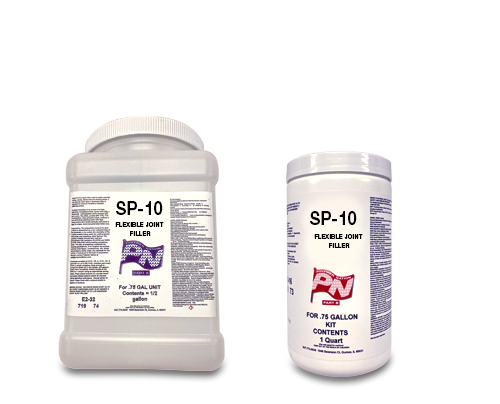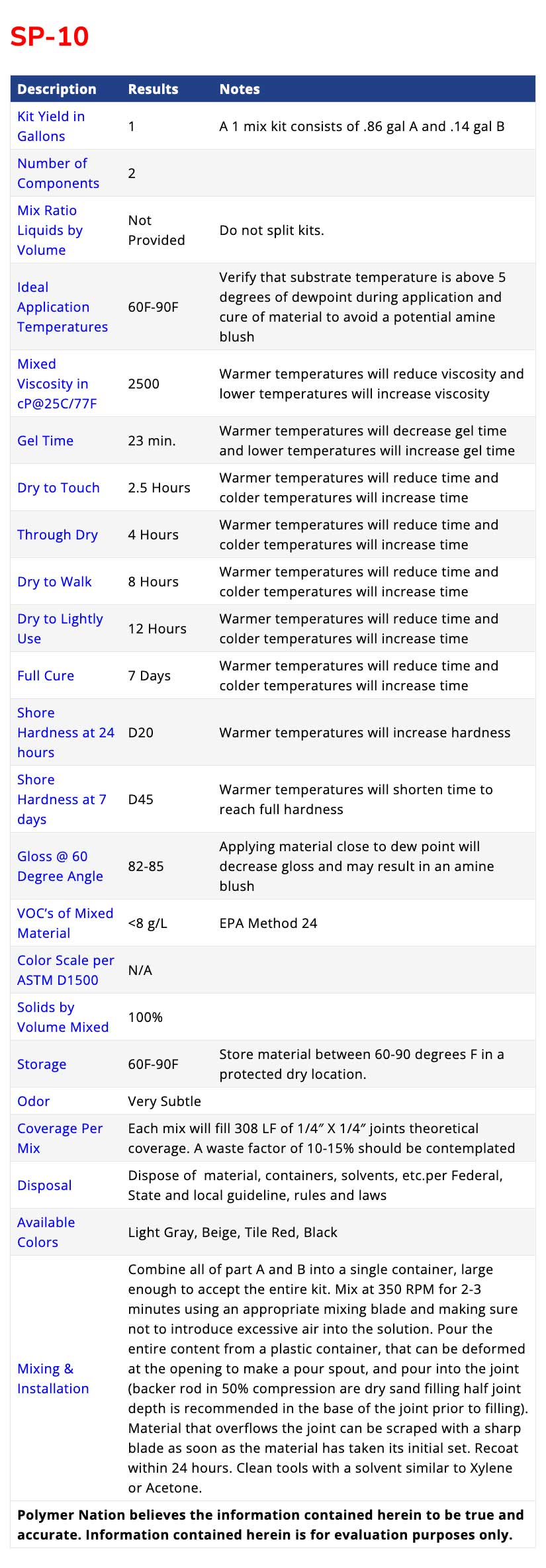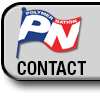SP-10 Flexible Joint Filler
SP-10

Product Overview
Uses
Preparation
The data below represents the most pertinent information needed by a professional installer to understand and efficiently install this material. The data was gathered at temperatures of 72-75 F and 30-50% RH. A wide array of independent and company test data has been compiled on this product but is too large to place on this Technical Data Sheet. Please direct inquiries for detailed test reports on this product to lab@polymernation.com.
SP-10
| Description | Results | Notes |
| Kit Yield in Gallons | 1 | A 1 mix kit consists of .86 gal A and .14 gal B |
| Number of Components | 2 | |
| Mix Ratio Liquids by Volume | Not Provided | Do not split kits. |
| Ideal Application Temperatures | 60F-90F | Verify that substrate temperature is above 5 degrees of dewpoint during application and cure of material to avoid a potential amine blush |
| Mixed Viscosity in cP@25C/77F | 2500 | Warmer temperatures will reduce viscosity and lower temperatures will increase viscosity |
| Gel Time | 23 min. | Warmer temperatures will decrease gel time and lower temperatures will increase gel time |
| Dry to Touch | 2.5 Hours | Warmer temperatures will reduce time and colder temperatures will increase time |
| Through Dry | 4 Hours | Warmer temperatures will reduce time and colder temperatures will increase time |
| Dry to Walk | 8 Hours | Warmer temperatures will reduce time and colder temperatures will increase time |
| Dry to Lightly Use | 12 Hours | Warmer temperatures will reduce time and colder temperatures will increase time |
| Full Cure | 7 Days | Warmer temperatures will reduce time and colder temperatures will increase time |
| Shore Hardness at 24 hours | D20 | Warmer temperatures will increase hardness |
| Shore Hardness at 7 days | D45 | Warmer temperatures will shorten time to reach full hardness |
| Gloss @ 60 Degree Angle | 82-85 | Applying material close to dew point will decrease gloss and may result in an amine blush |
| VOC’s of Mixed Material | <8 g/L | EPA Method 24 |
| Color Scale per ASTM D1500 | N/A | |
| Solids by Volume Mixed | 100% | |
| Storage | 60F-90F | Store material between 60-90 degrees F in a protected dry location. |
| Odor | Very Subtle | |
| Coverage Per Mix | Each mix will fill 308 LF of 1/4″ X 1/4″ joints theoretical coverage. A waste factor of 10-15% should be contemplated | |
| Disposal | Dispose of material, containers, solvents, etc.per Federal, State and local guideline, rules and laws | |
| Available Colors | Light Gray, Beige, Tile Red, Black | |
| Mixing & Installation | Combine all of part A and B into a single container, large enough to accept the entire kit. Mix at 350 RPM for 2-3 minutes using an appropriate mixing blade and making sure not to introduce excessive air into the solution. Pour the entire content from a plastic container, that can be deformed at the opening to make a pour spout, and pour into the joint (backer rod in 50% compression are dry sand filling half joint depth is recommended in the base of the joint prior to filling). Material that overflows the joint can be scraped with a sharp blade as soon as the material has taken its initial set. Recoat within 24 hours. Clean tools with a solvent similar to Xylene or Acetone. | |
| Polymer Nation believes the information contained herein to be true and accurate. Information contained herein is for evaluation purposes only. |
||



